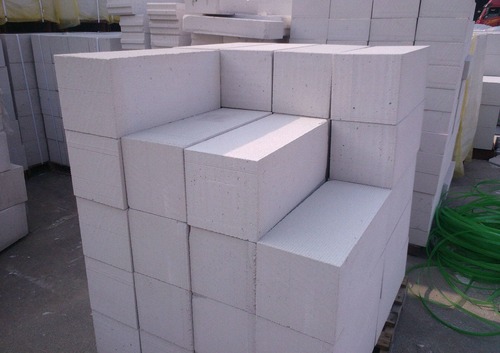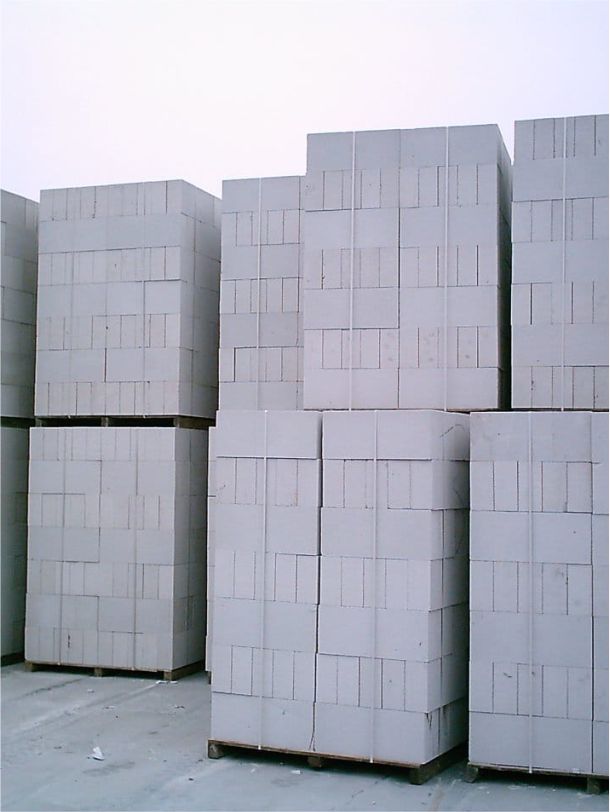Fly Ash AAC Blocks
Fly ash blocks have completely changed the construction industry because of their innovative combination of price, usefulness, and environmental friendliness. The primary component of these thin blocks is fly ash, a byproduct of burning coal in power plants When compared to conventional materials like clay bricks, AAC Fly Ash Blocks significantly minimize the environmental effect of building by utilizing fly ash. It is an environmentally friendly choice because less energy is utilized in the manufacturing process and less harmful pollutants are produced.

Fly Ash Blocks are not only very feasible but also environmentally friendly. Because of their cellular structure, which is the result of adding a foaming agent, they are extremely light—usually between 550 and 660 kg/m³. Because of the decreased dead load, this results in simpler handling, lower transportation costs, and less stress on the building structure. Because they are lightweight, they are also excellent for locations that are prone to earthquakes and repairs. As Fly Ash Blocks are easy to drill, shape, and cut on-site, they also require less polluting and complicated wet cutting during construction.
The ability of Fly Ash Blocks to insulate against heat, however, could represent their greatest benefit. They save a substantial amount of energy because the air spaces in their cellular structure act as a natural barrier against heat transfer. This reduces the need for heating and cooling systems by making interior temperatures warmer in the winter and colder in the summer. Fly ash blocks are an attractive option for cost-conscious builders who value sustainability and energy efficiency.
Technical Specification
| Parameter | Fly Ash AAC Blocks |
| Main Material | Fly Ash (byproduct of coal combustion) |
| Density | 550 – 650 kg/m³ |
| Compressive Strength | 3.5 – 5.0 N/mm² |
| Fire Resistance | Up to 4 hours (depending on thickness) |
| Thermal Conductivity | 0.16 W/m2.K |
| Sound Insulation | 45-48 dB (200 mm thickness wall) |
| Moisture Resistance | High |
| Drying Shrinkage | 0.04% |
| Environmental Impact | Recycles industrial waste (fly ash) |

Autoclaved Aerated Concrete: Sand Based AAC Blocks and Fly Ash AAC Blocks
Properties | Sand Based AAC Blocks | Fly Ash AAC Blocks |
Definition | Sand Based AAC Blocks is a lightweight porous product made of silica material (sand or quartz tailings) and calcium material (lime, cement), mixed with aerating agent (aluminum powder), through the process of batching, mixing, pouring, pre-curing, cutting, autoclaving and maintenance. | Fly Ash AAC Blocks is a new type of wall material made of fly ash, lime, cement, conditioning agent, and aerating materials, through the process of batching, mixing, pouring, static stopping, cutting, and autoclaved maintenance. Its production process is basically the same as that of sand aerated. |
Composition | 62% Sand – 16% Cement – 20% lime – 02% Gypsum – 0.1% Aeration Agent | 65% Fly Ash – 23% Cement – 11.1% lime – 1.1% Gypsum – 0.1% Aeration Agent |
